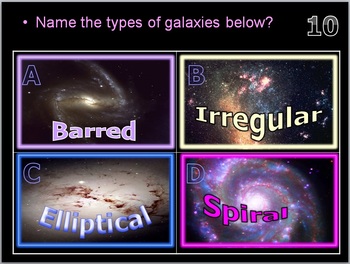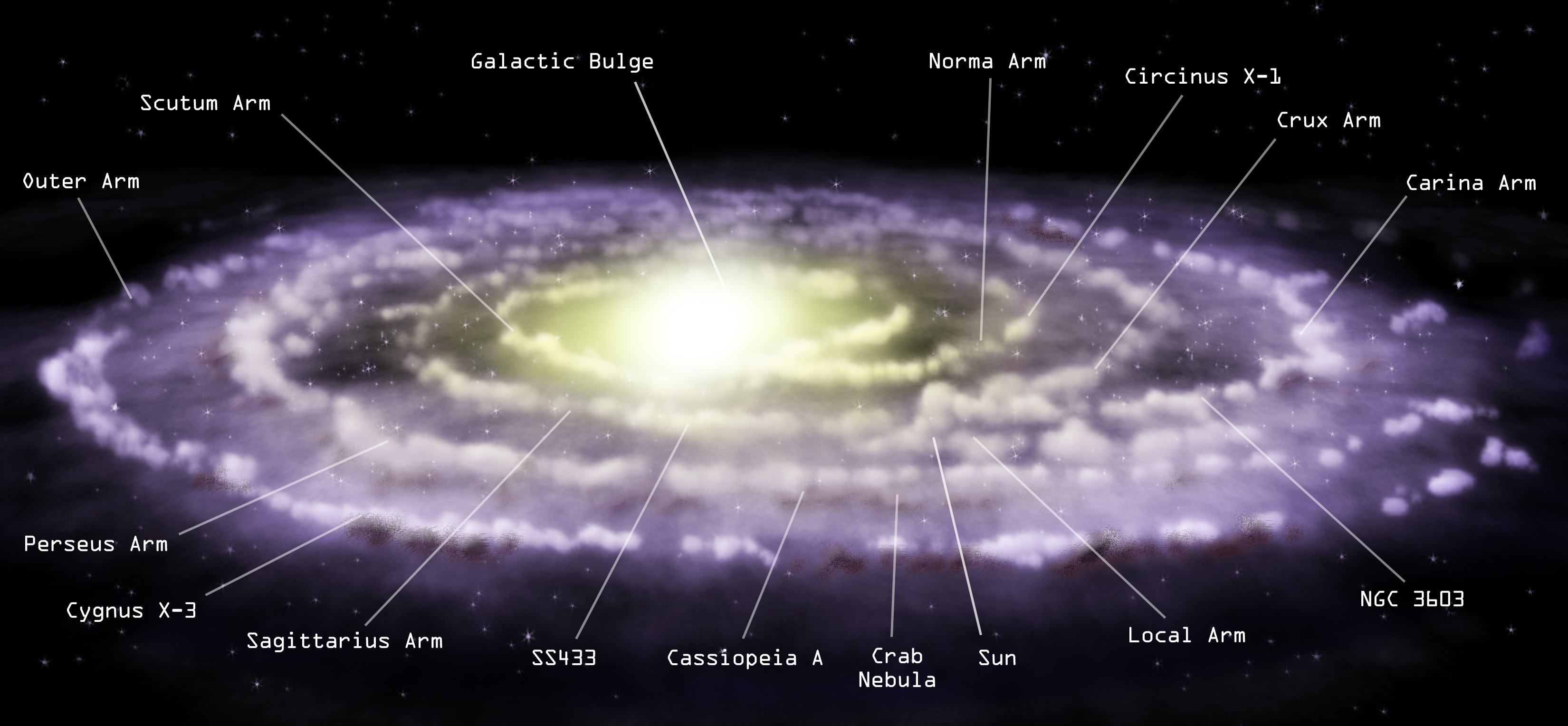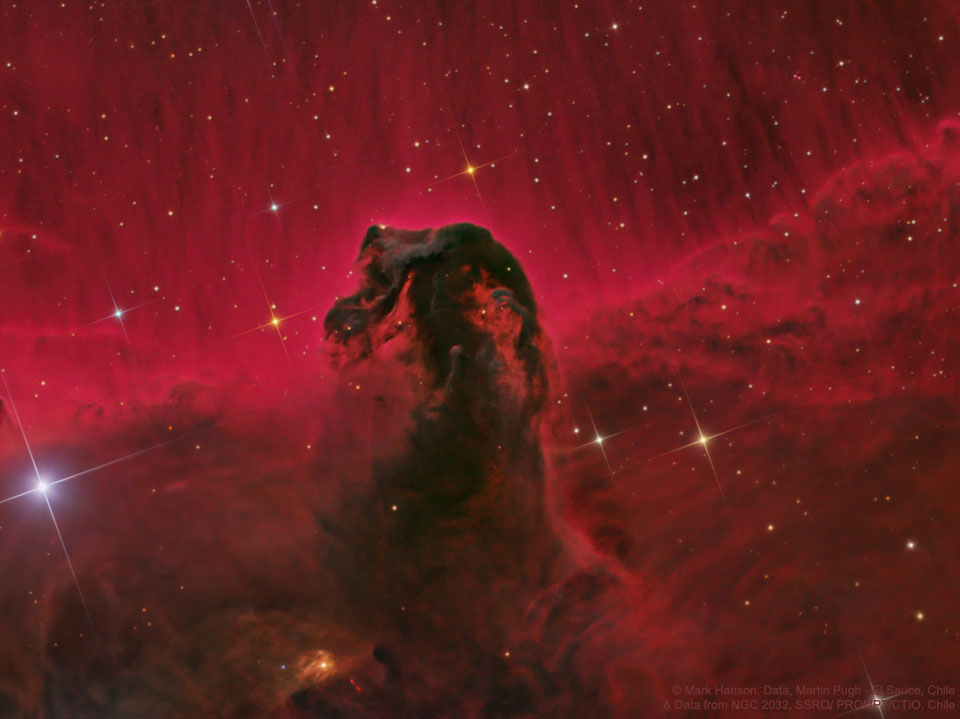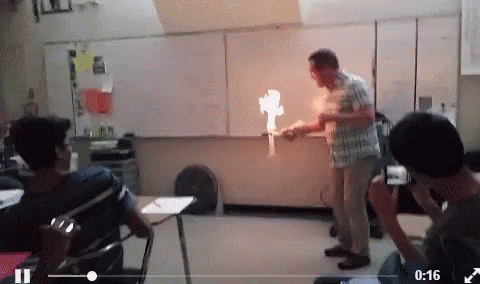The number one question from 6th grade students is, "When will our Sun explode?" The number 2 question is, "When will our planet explode?" And the third question asked by 6th graders, "When can we explode something in class?"
1. Can our Sun supernova? NO!
Our sun doesn't have enough mass to supernova. Lucky for us! A very large massive star puts off a whole lot more energy and heat, than our medium sized sun.
Our Sun fuses hydrogen, and eventually one day will run out of fuel, but not for another 10 billion years. According to computer models...So we are safe from exploding stars! Really! We would have to be 100 light years closer to the nearest massive star before we could be harmed from a supernova.
A super massive star that explodes actually tears a hole in the fabric of space, causing a black hole formation or a super dense neutron star.
That shoots out pulsars...
How dense is a neutron star? A teaspoon of neutron star would weigh a billion tons! That's so heavy, I can't even stand to think about it.
2. Could our planet explode? NO!
Many planets have super hot, boiling cores, but they don't explode. Why not? Planets are stable inside. The only way they could explode is if "we" pumped tons of chemicals into the core or tons of nuclear bombs and detonated them at once. Then a planet might explode...
Relax, the Earth is stable and will sustain life for a very long time....as long as we take of it....
3. Can we explode something in class? NO!
Too many things can go wrong and you have to be super careful around explosives because explosions are energy gone crazy!!
There. Now that we know all about explosions we can get back to work!




















































